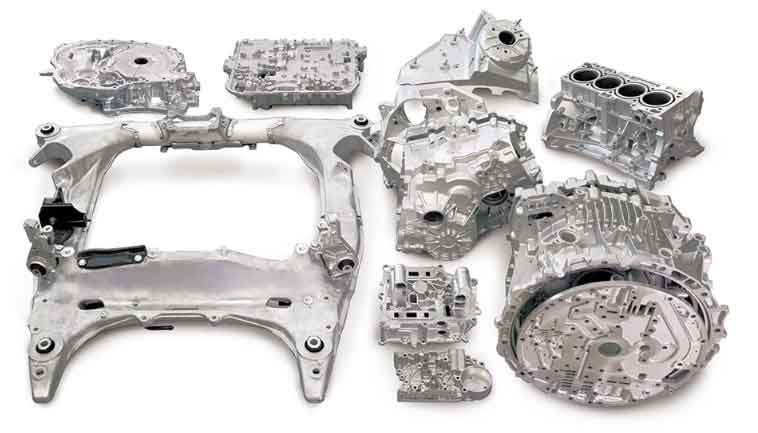
To achieve high-quality results in die casting, it is essential to follow specific techniques and best practices throughout the process. Here are some key techniques and best practices to consider:
- Proper Mold Design: The mold design plays a crucial role in achieving high-quality die castings. It should allow for proper metal flow, minimize turbulence, and ensure uniform cooling. Consider factors such as draft angles, fillets, and runner and gate design to facilitate smooth filling and ejection.
- Material Selection: Choose the appropriate metal or alloy for the desired component based on its mechanical properties, heat resistance, corrosion resistance, and other required characteristics. Consult with material suppliers to ensure the selected material is suitable for die casting and meets the necessary quality standards.
- Optimized Gate Design: The gate design and location influence the flow of molten metal into the mold cavity. Proper gate design ensures smooth metal flow, minimizes turbulence, and prevents defects such as air entrapment or cold shuts. Use computer simulations or flow analysis software to optimize gate design.
- Controlled Cooling: Proper cooling is critical to prevent defects such as porosity and shrinkage. Ensure that the cooling channels in the mold are designed and placed strategically to provide uniform cooling and efficient heat dissipation. Proper temperature control during the solidification process helps achieve the desired mechanical properties.
- Maintaining Pressure: Maintain consistent pressure during the injection phase to ensure complete mold filling and prevent defects like incomplete filling, cold shuts, or porosity. Optimize injection speed, pressure profiles, and shot control parameters to achieve the desired results.
- Monitoring and Control Systems: Utilize advanced monitoring and control systems to monitor and control process variables such as temperature, pressure, and flow rates. These systems help ensure consistency and repeatability in the die casting process and allow for immediate identification of any deviations or defects.
- Proper Die Maintenance: Regular maintenance of the die is crucial for achieving high-quality results. Inspect the die for any wear, damage, or corrosion, and perform necessary repairs or maintenance as required. Proper lubrication of the die surfaces helps prevent sticking or excessive wear.
- Post-Casting Processes: After casting, employ appropriate post-casting processes such as trimming, deburring, and surface finishing to remove any excess material, smooth rough edges, and enhance the final appearance of the component.
- Quality Control Measures: Implement stringent quality control measures throughout the entire process, including inspection of raw materials, in-process inspections, and final inspections of the finished components. Use non-destructive testing methods, such as X-ray or ultrasonic testing, to identify any internal defects or porosity.
- Continuous Improvement: Continuously review and analyze the die casting process to identify opportunities for improvement. Collect and analyze data, implement corrective actions, and strive for continuous process optimization to enhance quality, efficiency, and productivity.
By following these techniques and best practices, die casting operations can achieve high-quality results, minimize defects, and produce components that meet the required specifications and standards. Regular monitoring, quality control, and continuous improvement efforts are essential for maintaining consistent quality and enhancing the overall die casting process.
